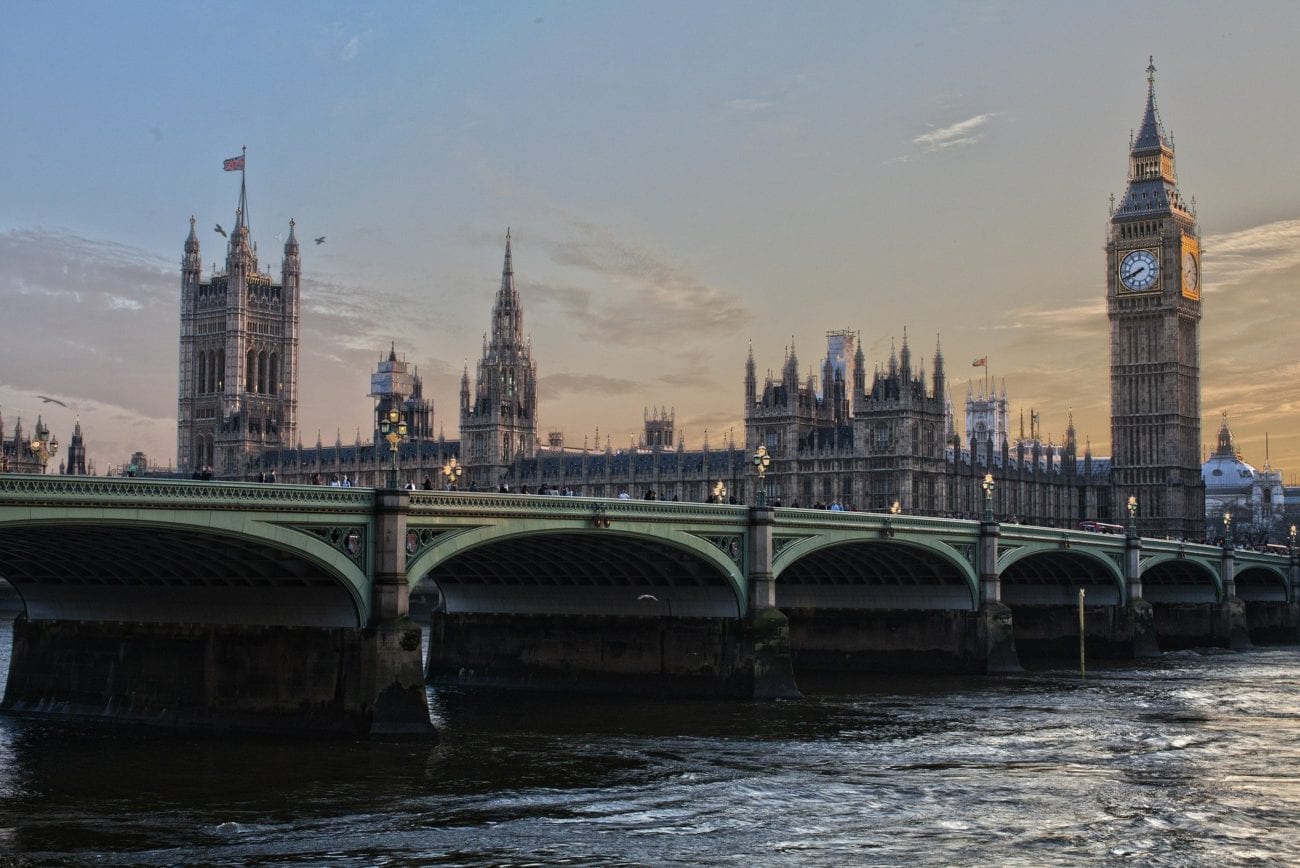Gambling participation in Great Britain sees notable decline during 2020

Data collected by the Gambling Commission showed that overall participation among adults in any gambling activity in the year to the end of December had fallen to 42%, which was down five percentage points compared to the previous year.
Between 2019 and 2020, each gender and age category showed some level of decline in participation rates, with the sharpest drops among men and younger age groups.
While online gambling participation was up three percentage points to 24%, in-person participation was down nine percentage points to 26%.
National Lottery draws and other lotteries saw increases in online play and decreases in in-person play during the period. When respondents who had only taken part in National Lottery draws were excluded, the overall participation rate was down from 32% in 2019 to 28% in 2020.
In other activities, there were decreases in participation in in-person football pools, bingo, betting on horse races, betting on other events and casino games.
“The year to December 2020, which the data is based upon and reflects, has been an unique year; with the arrival of COVID-19,” a Gambling Commision spokesperson said.
“The various lockdown rules and restrictions throughout 2020 have brought about significant consumer behavioural change and clearly have also had a major impact on the gambling industry.
“Data shows that for all respondents, online gambling participation rates are increasing. When those who have only played National Lottery draws are removed from the data, the all respondents online participation rate has remained stable between 2019 and 2020.”
The data is based on the Gambling Commission’s quarterly telephone survey conducted by Yonder Consulting. A nationally representative sample of 4,007 adults aged 16 and over were interviewed via telephone in March, June, September and December 2020.
The Gambling Commission found that the overall problem gambling rate was 0.3%, compared to 0.6% the previous year, although it described this decrease as not “statistically significant”, meaning it could be explained by chance in more than 5% of scenarios.
The moderate risk rate was stable at 0.9%, while the low-risk rate showed a significant decrease from 2.7% to 2.0%.
The survey found that levels of agreement that gambling is conducted fairly and can be trusted have remained stable at 29%.
The Betting and Gaming Council (BGC) welcomed the drop in the problem gambling rate, vowing that the industry would “keep up the momentum” to reduce it further.
Wes Himes, the BGC’s executive director for standards and innovation, said: “Since being established in 2019, we have worked tirelessly to drive up standards in the regulated betting and gaming industry and promote safer gambling.
“Our initiatives have included encouraging deposit limits, investing more in research, education and treatment, and introducing tough new rules on VIP schemes and game design.
“One problem gambler is one too many, however, and we are determined to keep up the momentum in the months ahead.
“For example, we’re looking at how we extend filtering for online ads, and are working with online platforms on opt outs for betting advertising.
“We look forward to engaging with the Government’s Gambling Review to ensure a safer gambling environment for our millions of customers.”
